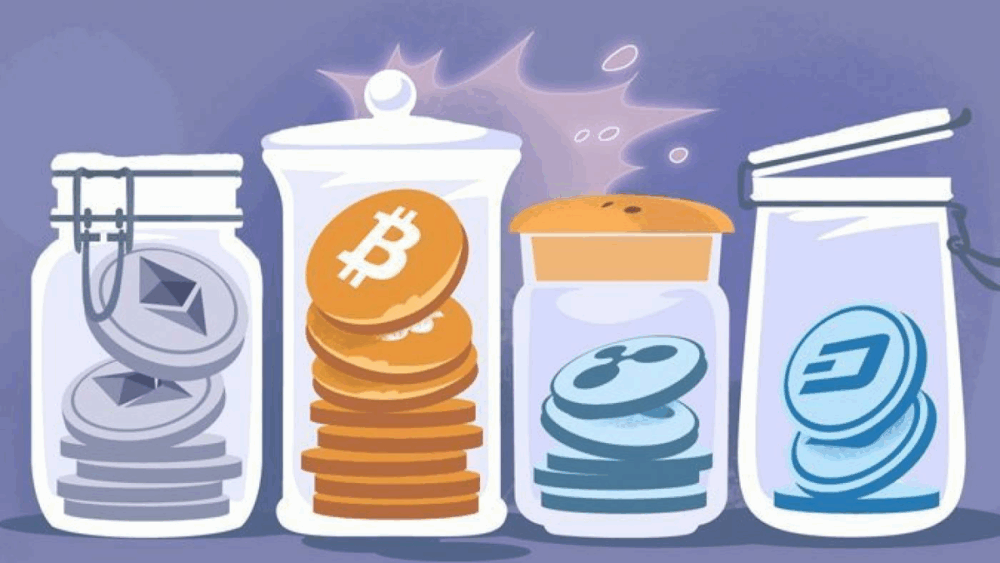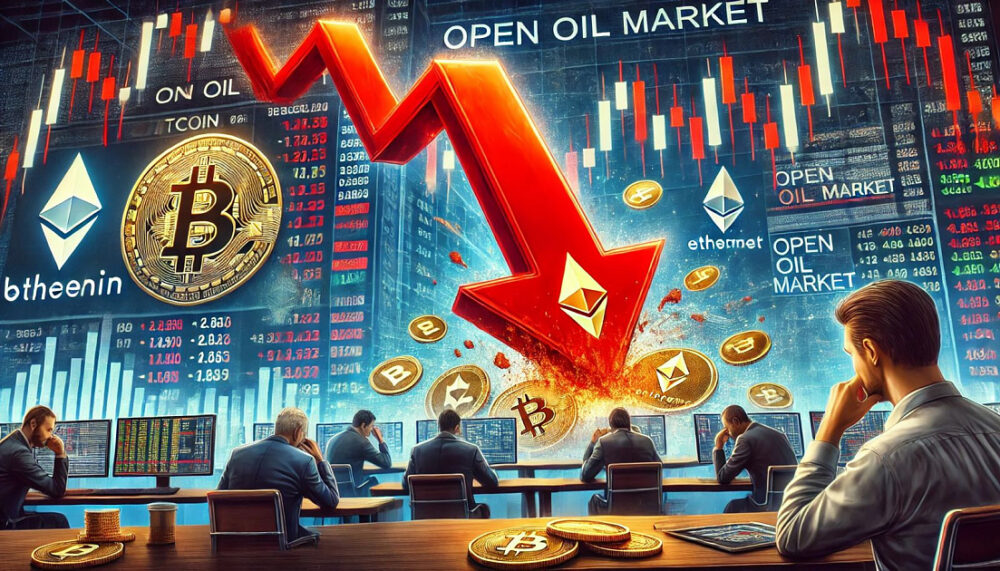Investing in cryptocurrency has become a popular direction for many investors looking for new ways to earn money. However, investments in this area are associated with serious risks. For those considering investment opportunities, it is important to understand that the cryptocurrency market is characterized by high volatility, lack of regulation, and technological complexities.
One of the most significant risks of investing in cryptocurrency is the possibility of losing money due to sharp price fluctuations. Bitcoin, Ethereum, and other types of coins can demonstrate huge price jumps in a short period. This creates potential earning opportunities but can also lead to significant losses.

Why the cryptocurrency market is so unstable
The main reason for the instability of the cryptocurrency market is its dependence on supply and demand. Additionally, due to the lack of centralized management, the market becomes more susceptible to the influence of news and speculation, which affects asset prices. For example, statements from major companies or opinion leaders can instantly crash or raise cryptocurrency prices.
Another factor is the lack of transparency in the operation of some cryptocurrency projects. Investors often encounter situations where projects cease operations due to lack of funding, fraud, or lack of interest from users.
How to reduce risks when investing in cryptocurrency
To make cryptocurrency investments safer, it is important to follow a number of recommendations. First, carefully study the project you plan to invest in. Analyzing the team, technology, development prospects, and current market position can help avoid financial losses.
Secondly, asset diversification is one of the main principles of risk reduction. It is not advisable to invest all funds in one cryptocurrency or project. For example, part of the portfolio can be placed in stablecoins, which are less susceptible to price fluctuations.
It is also recommended to use only verified cryptocurrency exchanges and wallets. This can help minimize risks associated with fraud and loss of access to assets.
Features of stablecoins: How safe of an asset are they
Stablecoins like USDT or USDC attract investors with their stability. Cryptocurrencies are tied to fiat money – the dollar or euro, which reduces their volatility. However, there are risks here as well. For example, problems with reserves or regulatory pressure can lead to a loss of trust in stablecoins.
To minimize risks when investing, it is important to choose a cryptocurrency supported by large and reputable projects. Investors should pay attention to the issuer’s reporting and reputation in the market.
How not to lose money on cryptocurrency
Investing in crypto is not only an opportunity to earn but also a high probability of losing money. To minimize risks when investing in cryptocurrency, it is important to avoid several common mistakes.
- Never invest more than you are willing to lose. The cryptocurrency market is extremely unstable, and even experienced investors can face losses.
- Use cold wallets to store cryptocurrencies. This minimizes the likelihood of asset theft in case of exchange hacking.
- Do not succumb to emotional decisions. Market fluctuations can provoke panic or greed, leading to irrational actions.
Is it worth investing in cryptocurrency today
The answer to this question depends on your goals, risk tolerance level, and willingness to study the market. Cryptocurrencies can be an attractive option for those willing to accept their high volatility and learn to manage their assets. However, for novice investors, it is important to remember that cryptocurrency is not a quick or guaranteed way to earn money.
Beginners who want to enter the world of cryptocurrencies should start with small amounts and invest only money they can afford to lose. Additionally, it is important to keep track of market-related news and be prepared to adapt to changes.
How to choose a safe project for investment
Choosing a project is one of the key points in investing. It is important to consider the following criteria:
- The reputation of the development team and their experience.
- The technological foundation of the project and its real-world applicability.
- Market position and growth dynamics.
Additionally, it is necessary to pay attention to feedback from other investors and analyze which major companies support the project. This can be an additional factor of confidence in its prospects.
The role of regulators and legislation in reducing investment risks
Regulation of the cryptocurrency market is one of the most discussed aspects of the industry. The lack of unified rules often leads to instability and uncertainty for investors. However, in recent years, governments of various countries have been making active efforts to create legislative frameworks that will help protect the interests of market participants.
By 2025, the first results of this work can already be observed. Some countries have implemented strict rules to combat money laundering and terrorism financing, which also apply to cryptocurrencies. This makes the market more transparent and secure for long-term investments.

One example is the regulation of stablecoins. Several countries require issuers of such assets to provide evidence of reserves, reducing the risks of devaluation. In the future, it is expected that regulation will cover more aspects, including investor protection, fraud prevention, and exchange security.
Conclusion
The risks of investing in cryptocurrency remain high and cannot be completely eliminated. However, understanding the nature of these risks, careful project analysis, and adherence to basic security rules can help minimize the likelihood of losses. For those willing to study the market and take a thoughtful approach, cryptocurrencies can be an interesting option for investment.

















